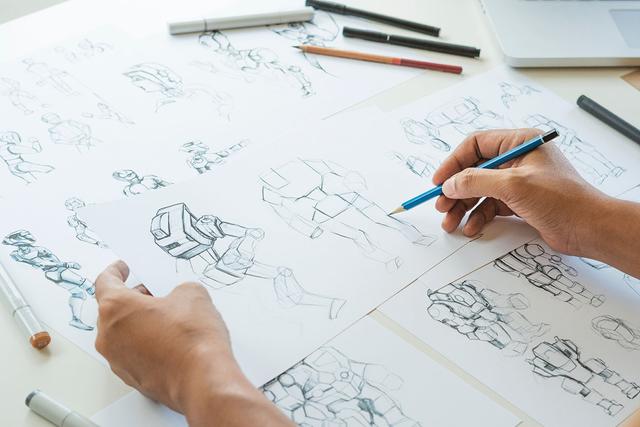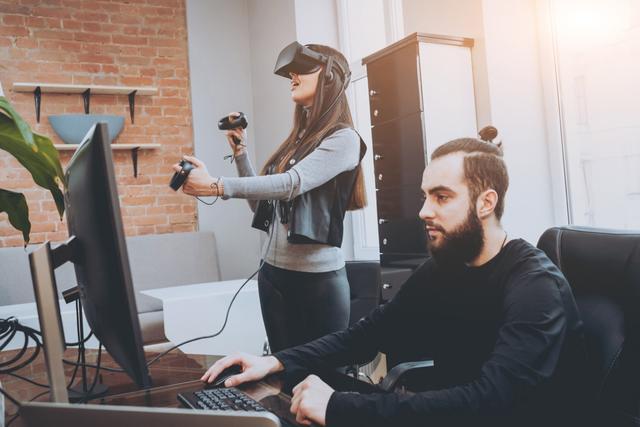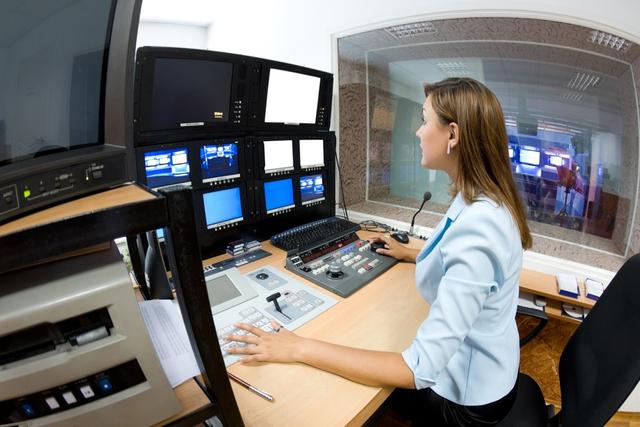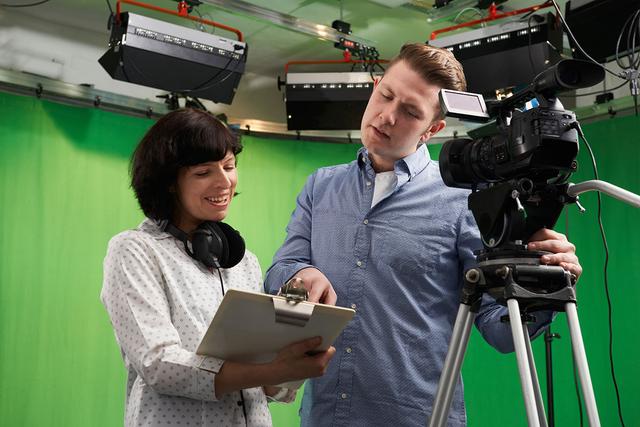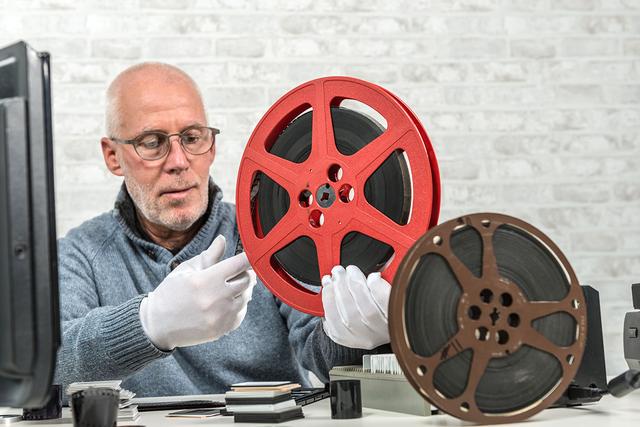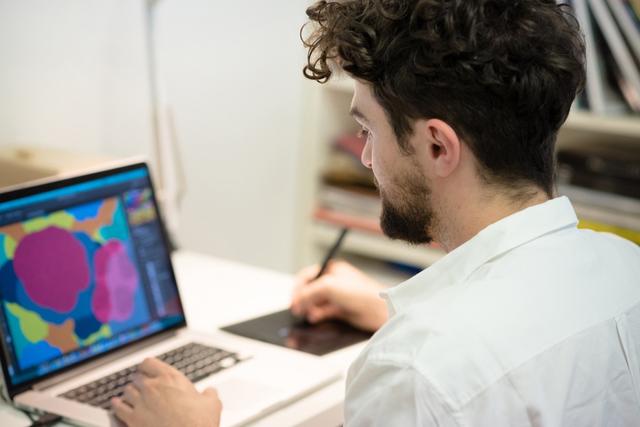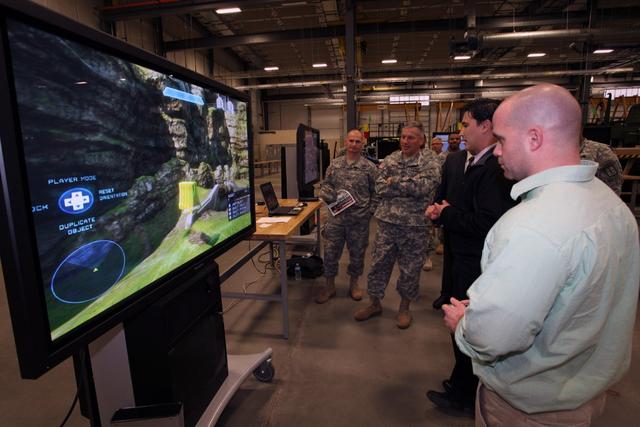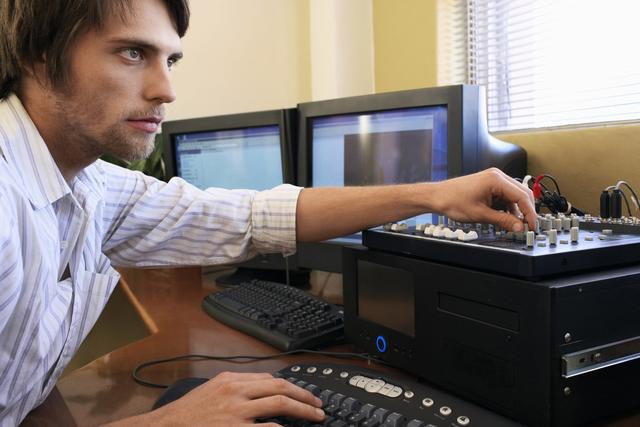Animation

Overview
Animation is the rapid display of static images in a way that creates the illusion of motion. Nowadays animation is used mostly in motion pictures and videos, plus some computer applications, such as moving icons, and in video games. Like photographic cinema, animated video usually incorporates sound for dialog, musical accompaniment, and other effects. But unlike photographic cinema, it can depict anything that the animation artist can imagine visually, and therefore it is especially useful for telling stories with fantasy elements that would be hard to stage in reality. Animation is also used to create special visual effects within movie productions that otherwise use traditional photographic methods.
These are the four basic types of animation:
- Stop-motion animation
- Two-dimensional drawn (traditional) animation
- Two-dimensional computer-generated animation
- Three-dimensional computer-generated animation
Stop-motion animation has been used in motion pictures almost since the invention of cinema technology. To use this technique, the animator photographs one frame depicting a static object, moves the object slightly, photographs another single frame of the object, moves the object again, and so forth. The 1933 classic movie King Kong is an excellent example of this technique. More recent examples include The Boxtrolls (2014), Fantastic Mr. Fox (2009), and all of the Wallace & Gromit movies (1989–2010).
For drawn animation, artists begin by drawing a character on paper. They transfer the image to a transparent sheet of acetate (called a cel), superimpose the cel on a painted background, and photograph this image. Then they make another drawing of the character, with slight differences to suggest motion, photograph this against the background, and so forth. Sometimes the background also contains moving elements. This technique may not achieve the realism that...

